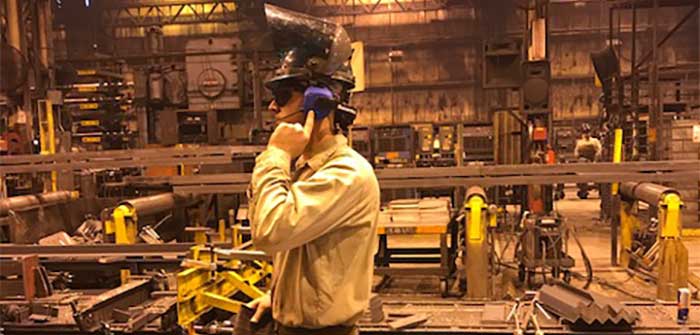Insight
Published and updated
Artificial Intelligence = Smart Production In Manufacturing
Artificial Intelligence is more like “Organic Intelligence” these days as AI in manufacturing enables a more natural integration between people and production.
The manufacturing culture continues to be equal parts fearless and conservative in its approach to problem solving. While mass production, JIT and Six Sigma have been embraced since the early days of widget making, the need for increased output to meet demand amid ongoing labor and supply chain constraints has necessitated out-of-the-box thinking and risk-taking to stay relevant and profitable.
Try to suppress your Terminator-movie induced fears as you read this. Fact is, AI is more practical than Sci-Fi these days, increasing efficiency and enabling cost savings across the board and allowing organizations to weather new storms.
How is AI Being Used in Manufacturing?
AI is using automated systems with specific programming to “reason” and “decide” similar to how the human brain can. The result? These systems can act more autonomously with tasks normally performed by human workers such as these:
- Understanding verbal commands
- Interpreting issues before they happen
- Analyzing data and detecting trends
- Independent decision-making…within parameters
In general, AI is leveraging that which is learned and applying it for better production performance. Expect these capabilities to expand and encompass more responsibilities as this field continues to evolve. Microsoft Corporation, not one to be left behind, previously announced a large initiative in AI development.
How Many Organizations Employ AI?
According to a poll compiled by Google, almost two-thirds of manufacturers (64%) rely on AI to assist in day-to-day operations, with a quarter already allocating half or more of their overall IT spend towards AI.
Companies investing in this technology aren’t exclusively large ones with deep pockets. Even small facilities make the list, taking advantage of advances in robotics and software combinations now available. Universities are responding to the trend with targeted coursework within Computer Engineering and Robotics programs, turning out qualified engineers and technicians.
AI Improves Operations
Most companies use some form of AI to avoid line-down situations and integrate various workflows together. Here are other reported outcomes:
- A component’s size determined to be out-of-spec is communicated to adjust downstream processes. No stoppage, less scrap.
- Verbal queues can be used in place of keystrokes when operators are unavailable or busy.
- Workflows are diverted to avoid bottlenecks.
- Production schedules auto-update based on supply chain availability.
- Proactive information – issues are quickly shared with the right people as needed.
In this day and age, we may not realize it, but we’re already interacting with AI in some familiar ways:
- Digital assistants like Siri and Alexa
- Chatbots on a retailer’s website
- Driver-assist features, and coming soon – self-driving cars!
As AI innovations permeate our lives, we’ll soon wonder how we got along without their assistance. What started out as novelty promotions, like IBM’s Watson computer competing and winning on Jeopardy in 2013, has attracted interest and heavy-duty development as the technology now moves to the mainstream.
